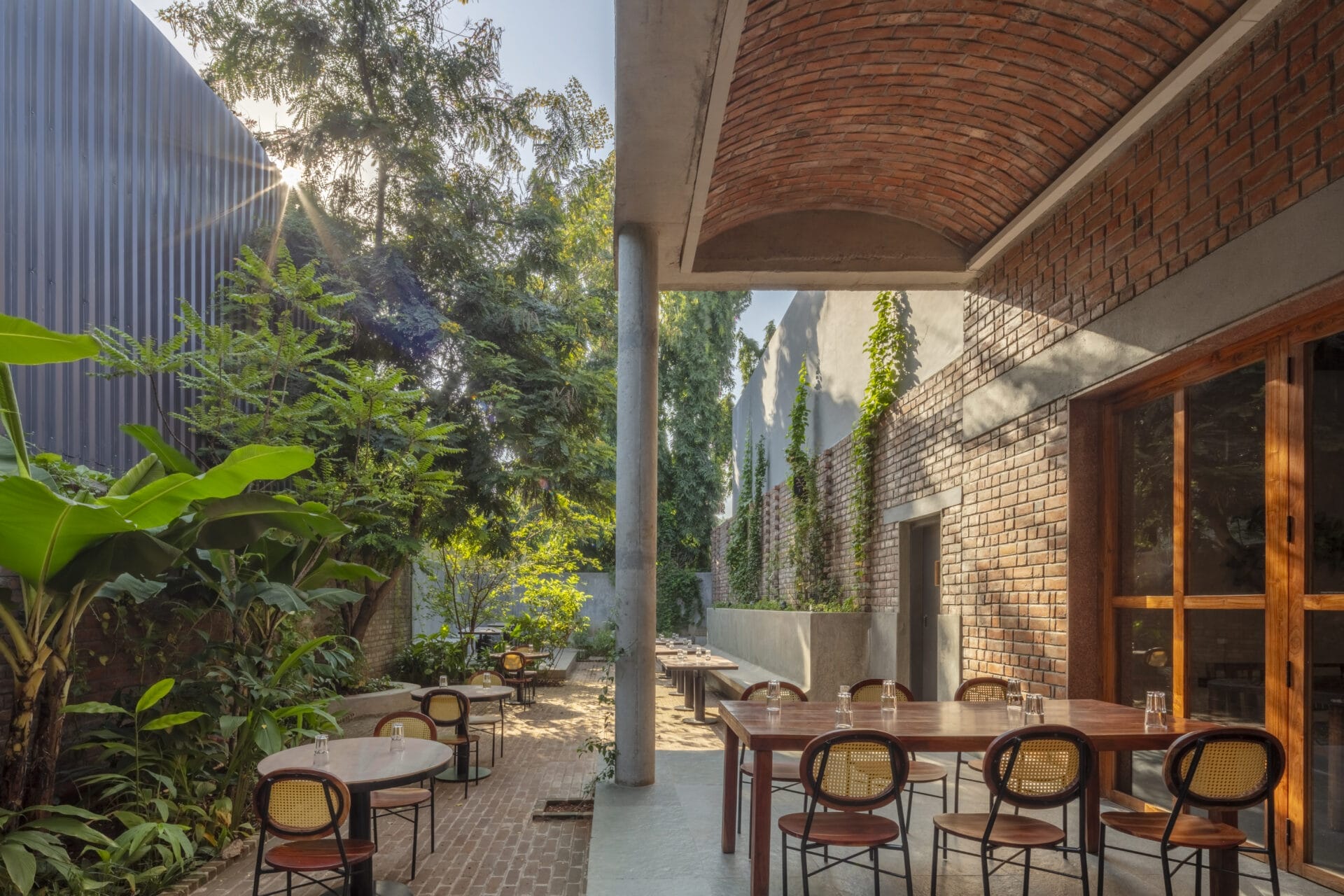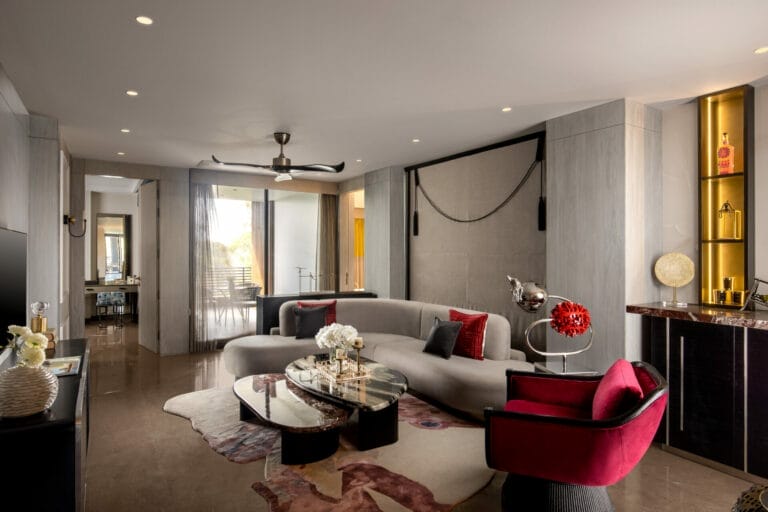Time and again it has been proven to us that ancient civilizations were well beyond their times be it in science, education, arts or city planning. The innovative solutions for irrigation, sanitation, and community spaces contrast with the highly artistic monuments, palaces and temples that they built. Both of which have been thoughtfully planned. Here we take a look at the cities that are as functional as they are form-oriented since times immemorial.
Rome, Italy
As inventors, the Romans not only left a mark on history with their distinctive architectural style but also with their construction techniques. The history of the city can be traced back to the first millennium BCE. With structures like the Basilicas, amphitheatres, aqueducts and triumphal arches the Romans built structures of monumental scale. The most notable of which are The Pantheon, Colosseum, and the St. Peter’s Basilica surrounded by the piazza.

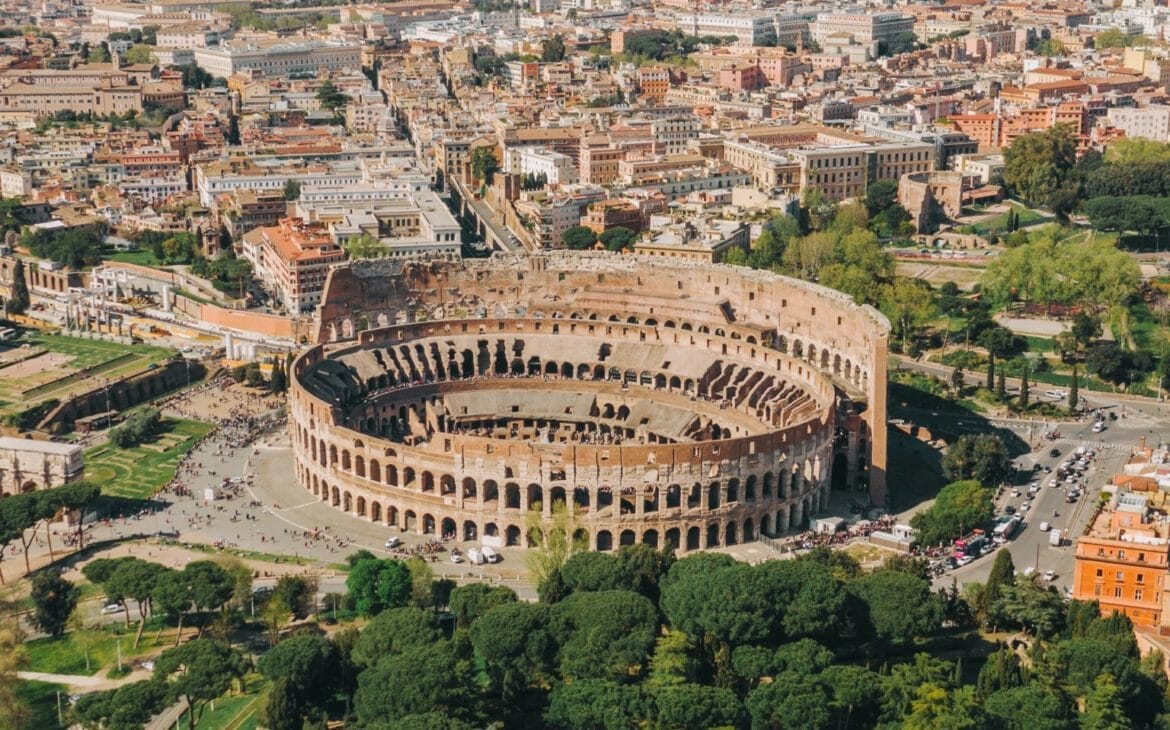
Athens, Greece
Some of the earliest examples of fine architecture from the 8th century BCE are temples, stadia and theatres seen in Greece. The architects of ancient Greece were pioneers of column design and set the precedent for all other design elements of historic civilisations of the time. The use of marbles and limestone is vastly seen in the temples along with highly decorated columns that are a significant structural element. The Parthenon, Temple of Zeus in Olympia and the city’s Acropolis itself are a reflection of the culture in Europe.


Istanbul, Turkey
The Peninsula of Turkey has some of the richest cultures in terms of architecture. The capital which was formerly known as Constantinople has withstood the test of time through structures of importance since 1000 BCE. The city has gone through various changes in design style with the change in the ruling power. Hagia Sophia, Virgin Mary (Theotokos) and Constantine Lips Monastery Church are notable buildings in the city. The Pendentive dome is a feature seen across most historic buildings in the region.


Marrakech, Morocco
Inspired greatly by features of Hispanic and Islamic Architecture the history of Marrakech began in 110 BCE. An irrigation system helped it develop into an artificial oasis which was eventually fortified making it the capital. The city which was originally a military base came to the forefront of art and culture with influential figures like Averroes. The Kasbah City and its gate Bab Agnaou were built. The design was also influenced by the colours of the Sahara. The Koutoubia Mosque was built in 1197, the Bab Doukkala Mosque, El Badi Palace in 1574, the Mosque of Córdoba and the Palace of Medina Azahara are examples of this style.
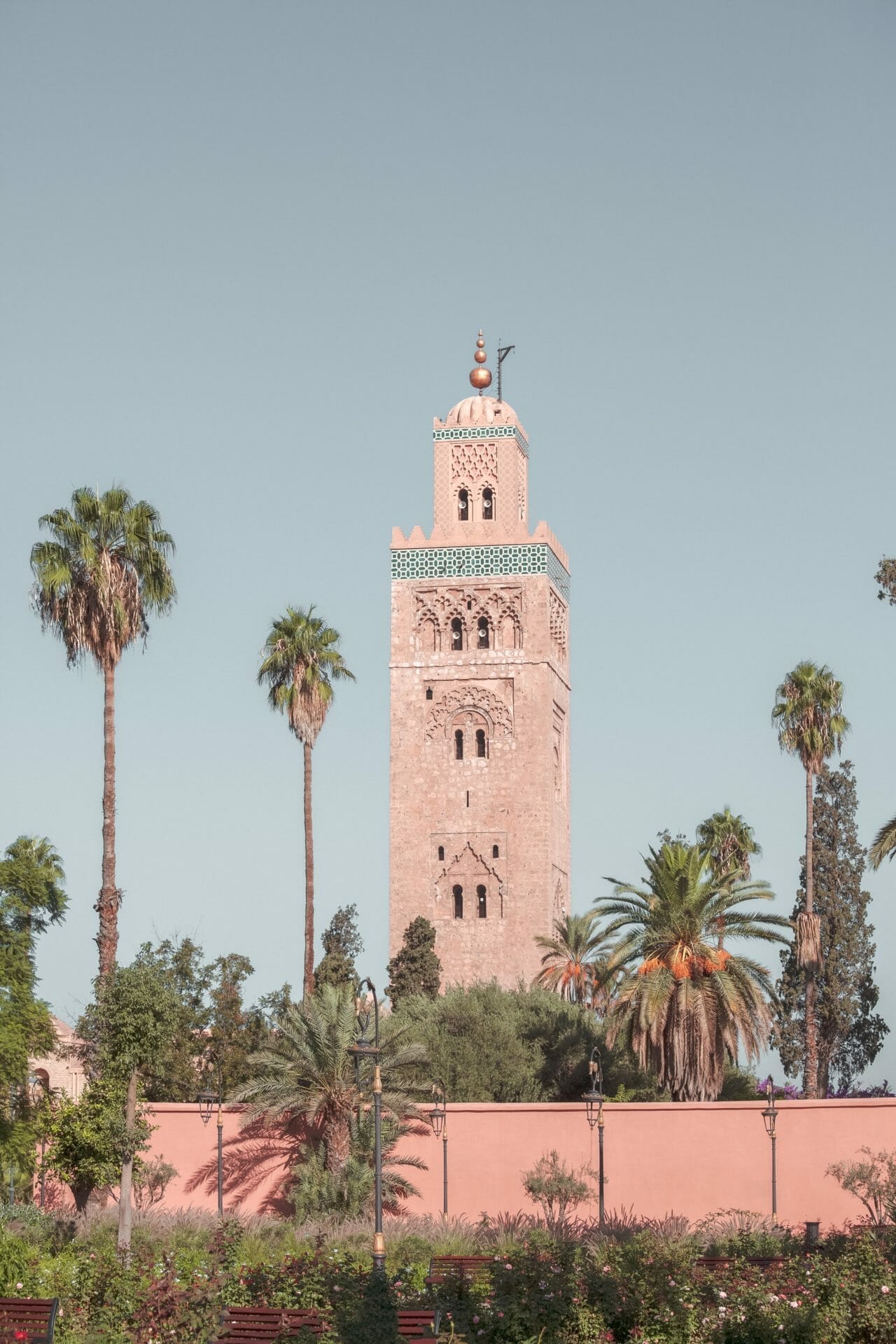
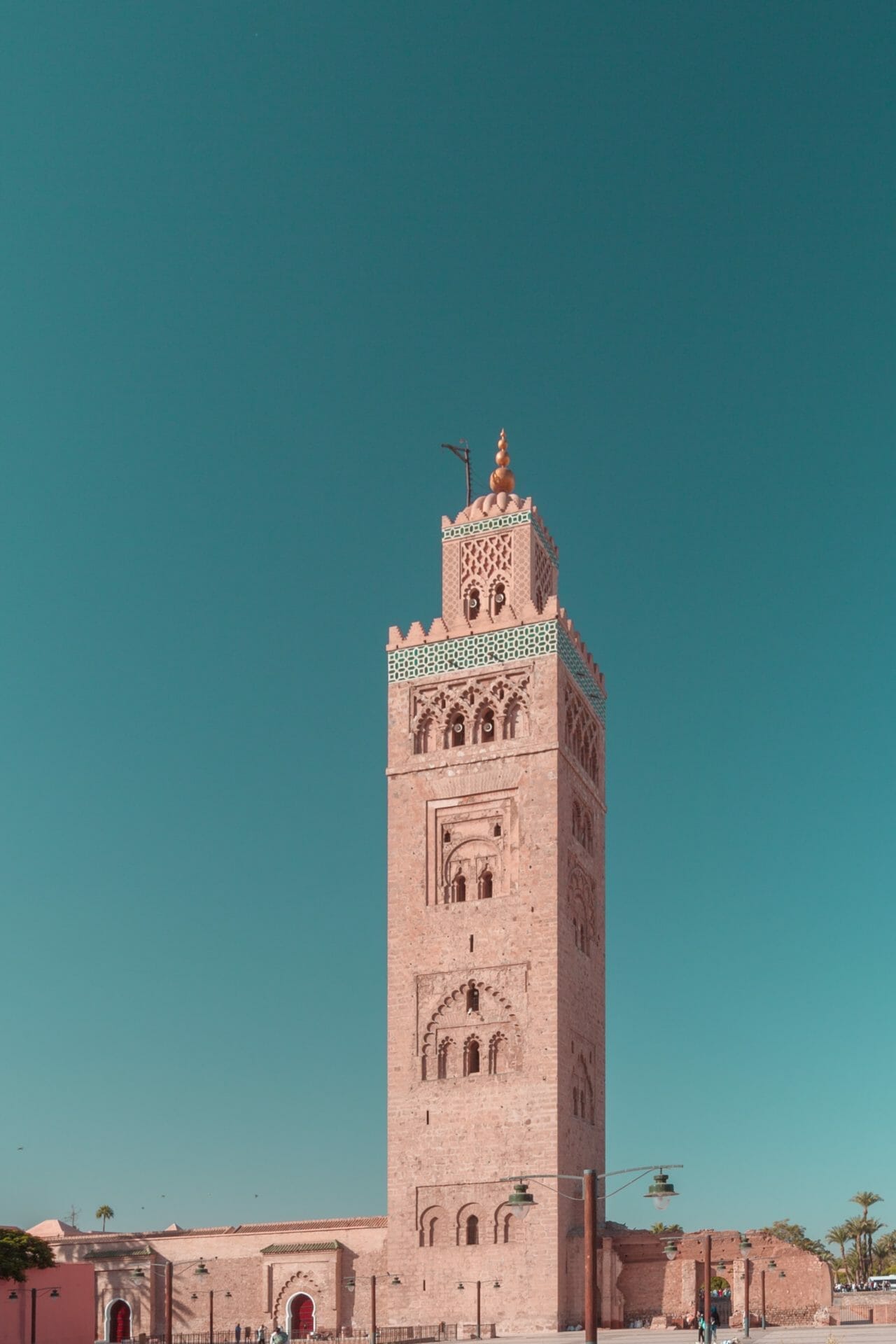
Plovdiv, Bulgaria
The town of Plovdiv lies on a natural elevation atop 3 hills. Dating back to 4000 BCE it is one of the oldest towns in Europe. The fortified city boasts buildings, equipment, paved roads, a water supply system and sewerage. The place stores valuable history and change that has happened throughout the decades. Byzantine architecture, roman architecture and oriental features dominate the architectural style in this region. The Roman Theatre, the Roman Stadium, the Ancient Forum, and Irene Residential House are a part of the Old Town architecture a name that it is famously known by.







